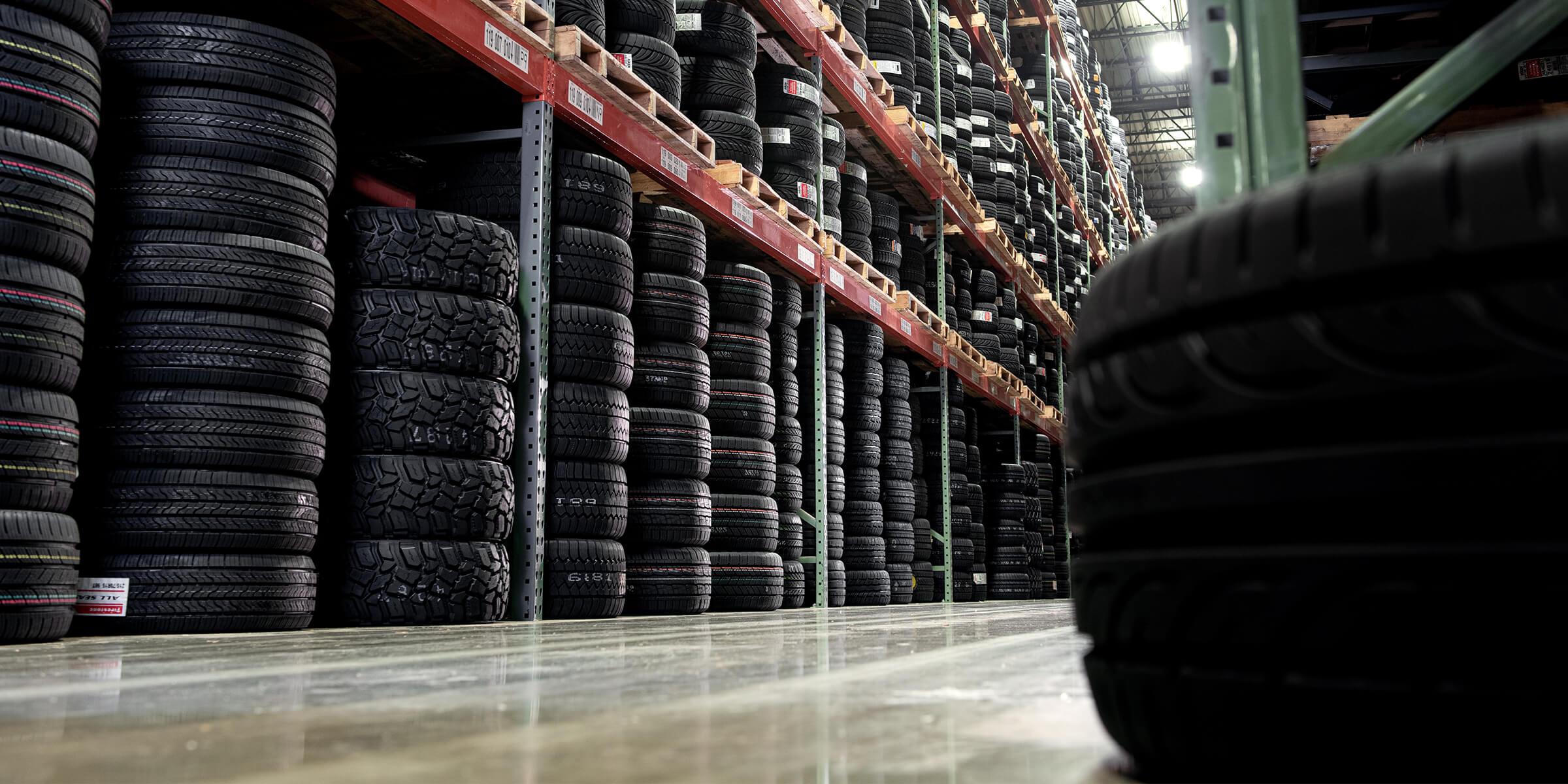Tire Service: Recognizing Tire Stress Monitoring Systems
Understanding Tire Stress Surveillance Equipments (TPMS) is an essential aspect of maintaining optimum car performance and safety when driving. With advancements in auto innovation, TPMS has become a standard attribute in contemporary vehicles, giving real-time details on tire stress levels. Diving deeper right into the ins and outs of TPMS, one can discover the numerous elements that compose this system and the value of each in guaranteeing exact tracking. From direct to indirect TPMS systems, the landscape of tire stress monitoring varies, each with its unique collection of considerations and advantages. Stay tuned to untangle the complexities of TPMS, from upkeep suggestions to the obvious advantages of keeping your tires correctly blew up. tires morris il.

Importance of TPMS
The relevance of Tire Stress Surveillance Equipments (TPMS) hinges on their capability to boost lorry safety and performance via real-time tracking of tire stress degrees. Keeping the proper tire stress is essential for making certain optimum handling, stopping, and total safety and security of a vehicle. TPMS offers chauffeurs with instant comments on any type of overinflated or underinflated tires, enabling prompt changes to be made.
Elements of TPMS
Sensors are typically located in the tire valve stem or connected to the wheel setting up, where they determine tire stress and transfer information to the control module. Some progressed TPMS versions additionally present the actual tire stress analyses for each tire, supplying motorists with real-time details to make certain ideal tire efficiency and security. By checking tire stress constantly, TPMS assists stop crashes, minimizes tire wear, and enhances fuel efficiency, making it a vital part for lorry security and performance. mopar tire service specials.
Kinds Of TPMS

On the other hand, indirect TPMS relies upon the vehicle's wheel rate sensing units to monitor tire stress. This system discovers underinflation by contrasting the rotational speeds of the wheels. Indirect TPMS is much less costly than direct TPMS, as it makes use of existing sensors within the vehicle.
While direct TPMS supplies much more accurate analyses, indirect TPMS is simpler in style and typically needs much less maintenance. Both systems have their limitations and benefits, and the selection between them typically depends on elements such as price, vehicle make, and personal preference. Comprehending the distinctions between these two sorts of TPMS can aid vehicle owners make notified choices regarding tire maintenance and security.
TPMS Maintenance Tips
Conduct regular checks on the tire pressure degrees and compare them with the TPMS readings to guarantee they are consistent. Throughout tire rotation view website or replacement, make certain that the TPMS elements are dealt with carefully to stop any prospective damages. If the TPMS cautioning light illuminates on the dashboard, resolve the issue without delay by checking the tire stress and the general system for any type of faults.
Advantages of Correct Tire Pressure
Preserving proper tire pressure, as emphasized in TPMS Upkeep Tips, is crucial for enjoying the countless advantages connected with optimum tire stress levels. One of the main advantages of maintaining the right tire stress is improved fuel effectiveness. When tires are effectively pumped up, there is much less moving resistance, leading to better fuel economic situation. Furthermore, proper tire stress makes sure even tire wear, expanding the life expectancy of the tires and advertising much safer driving problems. With the ideal tire pressure, lorries likewise have much better handling and traction, specifically in negative climate condition. This can boost total driving performance and security for the driver and passengers. Maintaining optimum tire pressure can contribute to a smoother and much more comfortable ride by reducing vibrations and noise caused by underinflated tires. In conclusion, the benefits of appropriate tire stress go beyond just tire longevity; they incorporate boosted gas effectiveness, improved security, better vehicle efficiency, and total driving comfort.
Verdict
To conclude, comprehending tire pressure tracking systems (TPMS) is essential for keeping optimal tire stress and making certain lorry safety. By acknowledging the importance of TPMS, recognizing with its parts, recognizing the various kinds available, sticking to correct maintenance ideas, and realizing the advantages of maintaining appropriate tire stress, drivers can improve their driving experience and prolong the life-span of their tires. Correct tire stress is key to efficient and risk-free automobile procedure.
